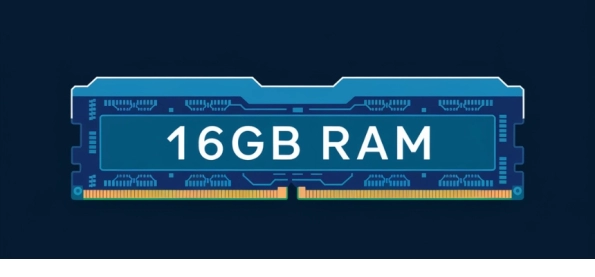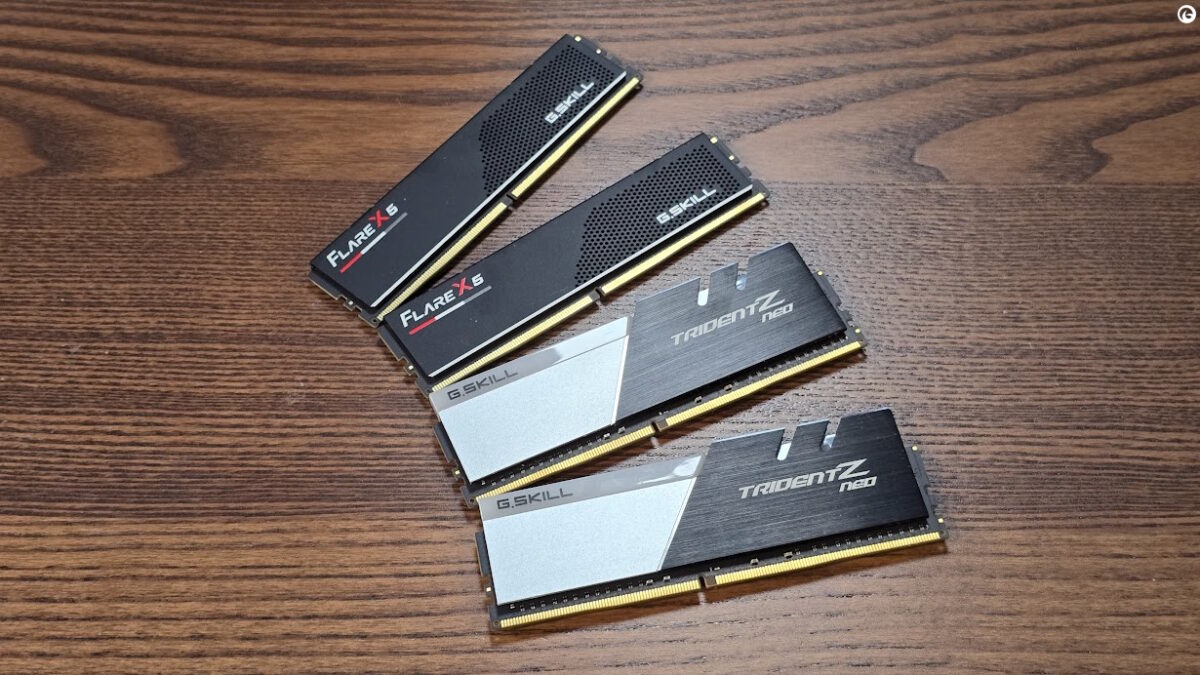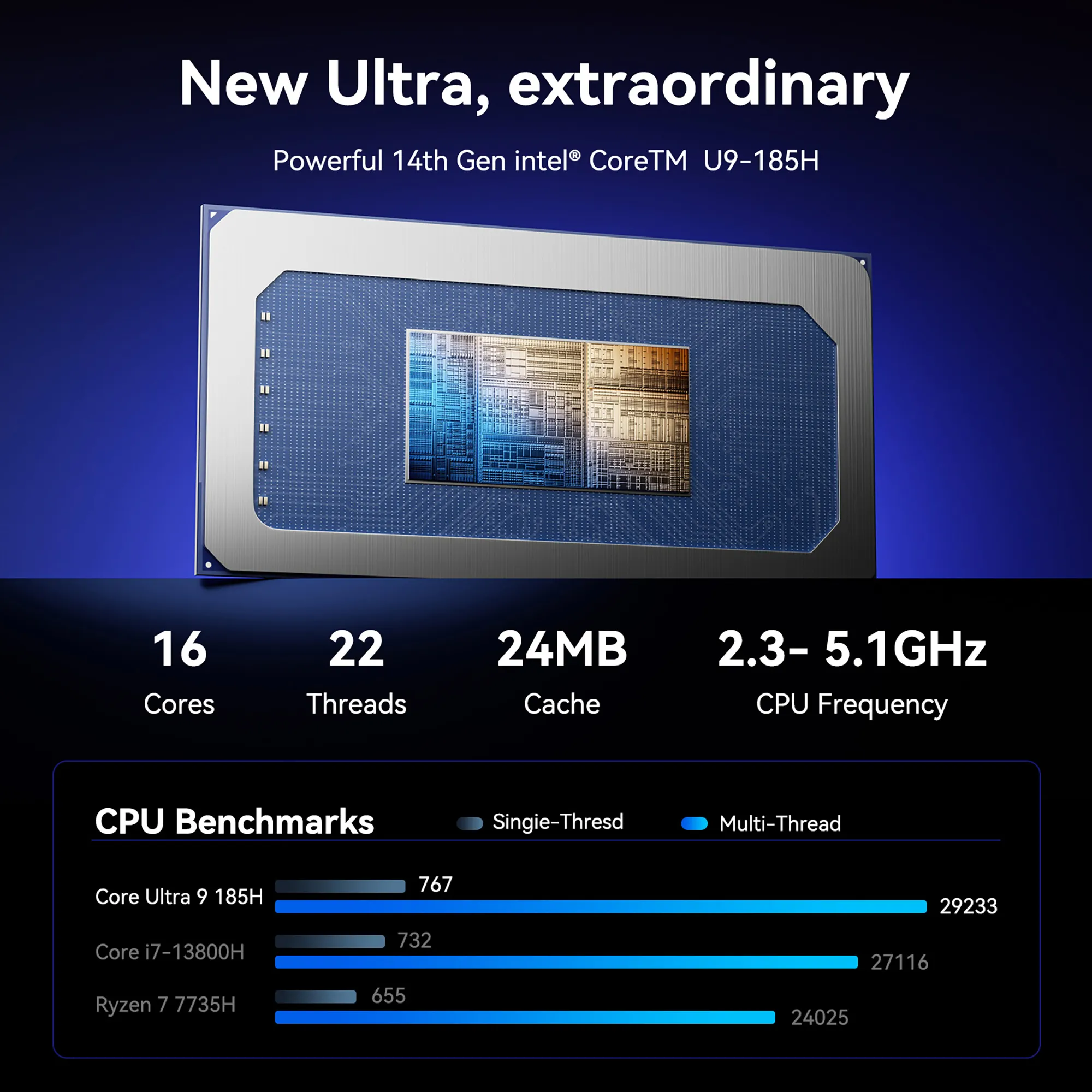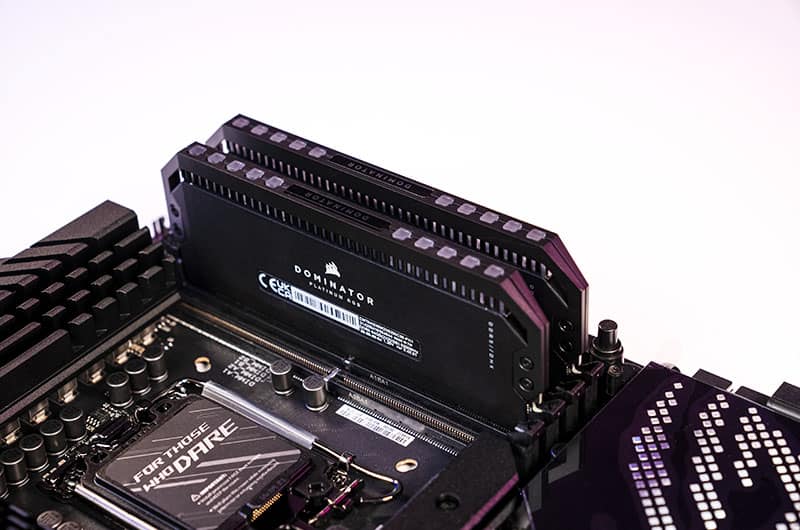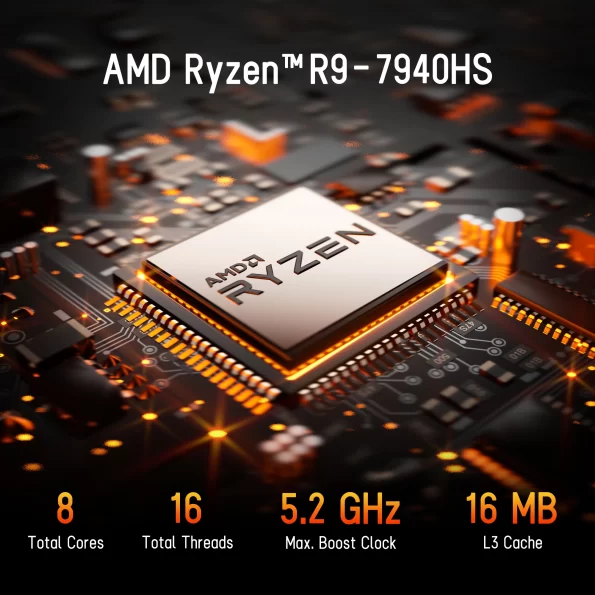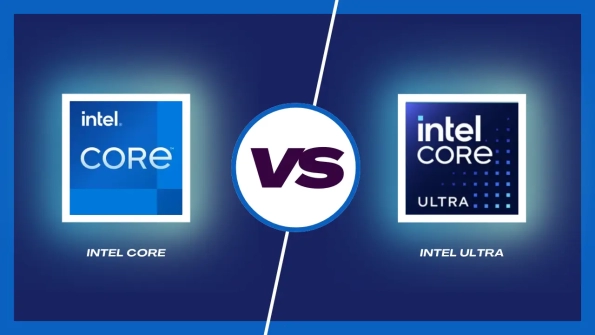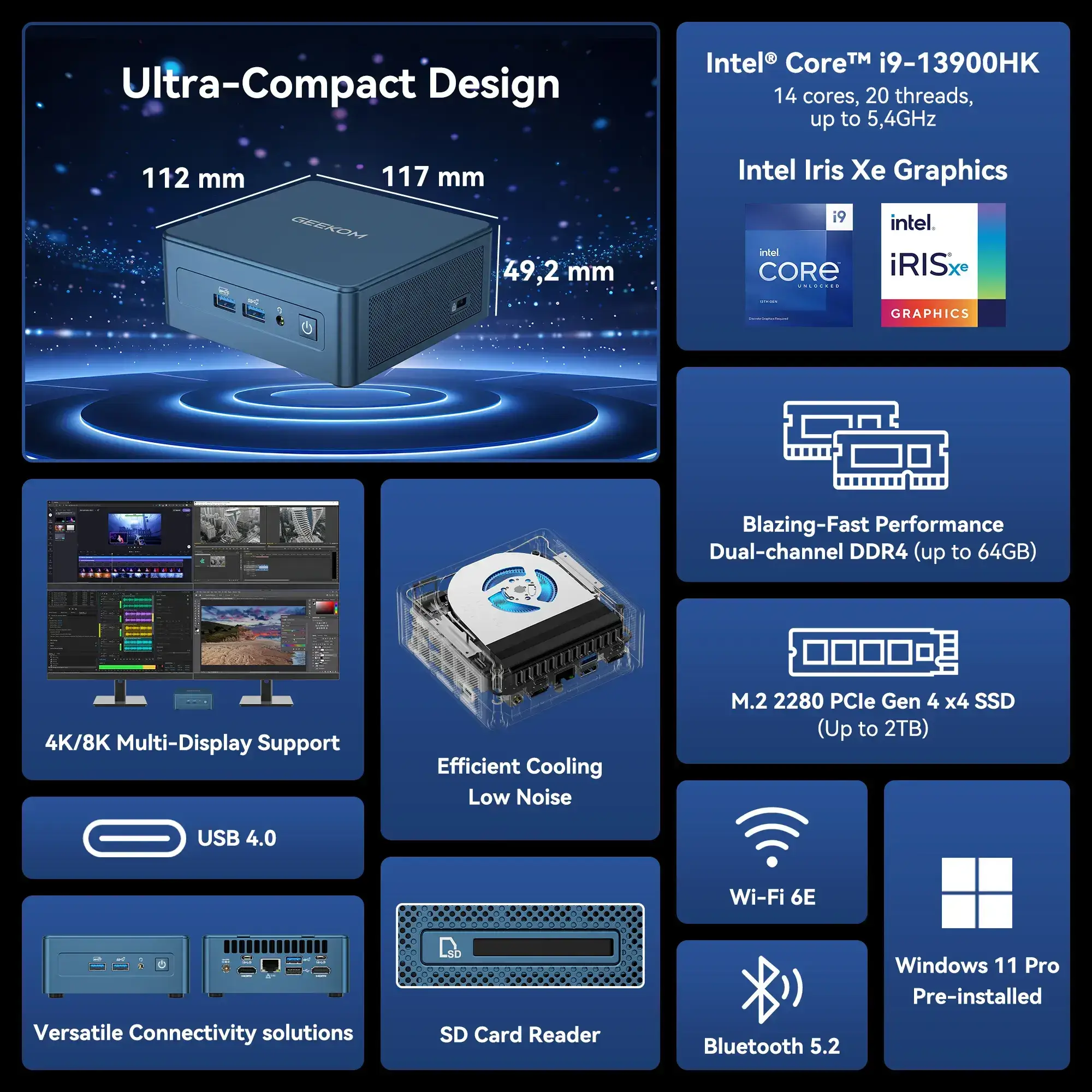Is 16gb Ram Enough For Game Development
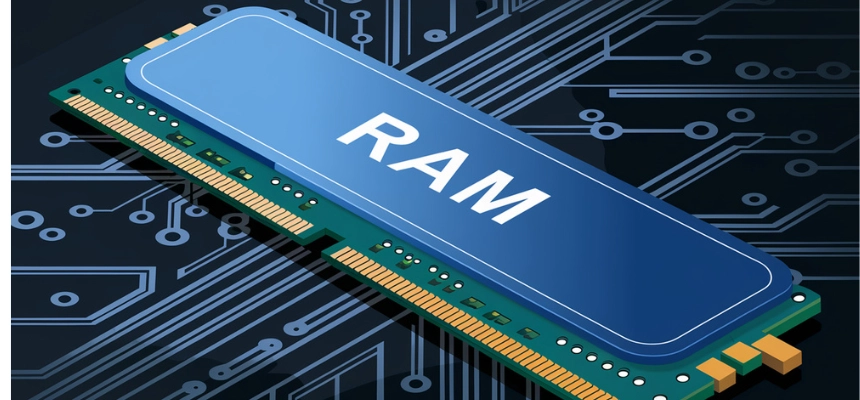
The question of adequate memory capacity is a recurring theme for game developers, especially as game development tools and game complexity advance. A persistent question for aspiring and seasoned developers alike is: Is 16GB of RAM enough for game development in today's landscape?
This article delves into the RAM requirements for modern game development, exploring whether 16GB remains sufficient, considering factors like engine choice, project size, and developer workflows. It analyzes various viewpoints and provides insight for developers navigating hardware decisions.
The 16GB Baseline: Is it Enough?
For many years, 16GB has been considered a sweet spot for gaming and general content creation. However, the demands of modern game development – large asset libraries, complex scenes, and resource-intensive software – are constantly increasing.
"The answer, as with many things in game development, is: it depends,"says John Smith, a lead programmer at Indie Game Studios. "For smaller, less demanding projects, 16GB might suffice, but larger or more complex games often benefit from 32GB or more."
Engine Matters
The game engine used plays a significant role. Unreal Engine 5 and Unity, two of the most popular engines, can be resource-intensive.Using Unreal Engine 5's Nanite and Lumen features, for example, dramatically increases memory usage during development. 32GB is often recommended as a minimum for comfortable use.
Unity, while generally less demanding than Unreal, can still strain 16GB of RAM, especially when working with large scenes or numerous plugins.
Project Size and Scope
The size and scope of the game are also important factors. An indie game with stylized low-poly assets will likely require less RAM than a AAA open-world title with photorealistic graphics.
Working with massive textures, intricate 3D models, and extensive sound libraries can quickly consume available memory. Compiling large codebases can also be a RAM-intensive process.
Developer Workflow
The way a developer works can also influence memory usage. Developers who routinely keep multiple programs open simultaneously – such as the game engine, Photoshop, a text editor, and a web browser – will likely benefit from having more RAM.
Running virtual machines for testing on different platforms adds further pressure on system memory. Multitasking requires more memory.
Beyond 16GB: When is More Needed?
There are clear scenarios where 16GB of RAM is likely insufficient. Large-scale open-world projects, virtual reality (VR) games, and those employing advanced rendering techniques typically demand more memory.
Developers experiencing frequent crashes, slowdowns during compilation, or slow loading times may indicate that their system is running out of memory. Constant swapping to the hard drive can also significantly degrade performance.
Upgrading to 32GB or even 64GB can alleviate these issues, leading to a smoother and more efficient development workflow. Having more memory capacity, allows faster iteration.
Impact and Recommendations
Choosing the right amount of RAM is a crucial investment for game developers. While 16GB can still be viable for smaller projects, aiming for 32GB is increasingly becoming the standard for modern game development.
The cost of RAM has decreased in recent years, making it a relatively affordable upgrade compared to other hardware components. Prioritize memory capacity for a better development experience.
Ultimately, the best approach is to assess individual project requirements and development workflows. Monitoring system performance and memory usage during development can help determine if an upgrade is necessary.

